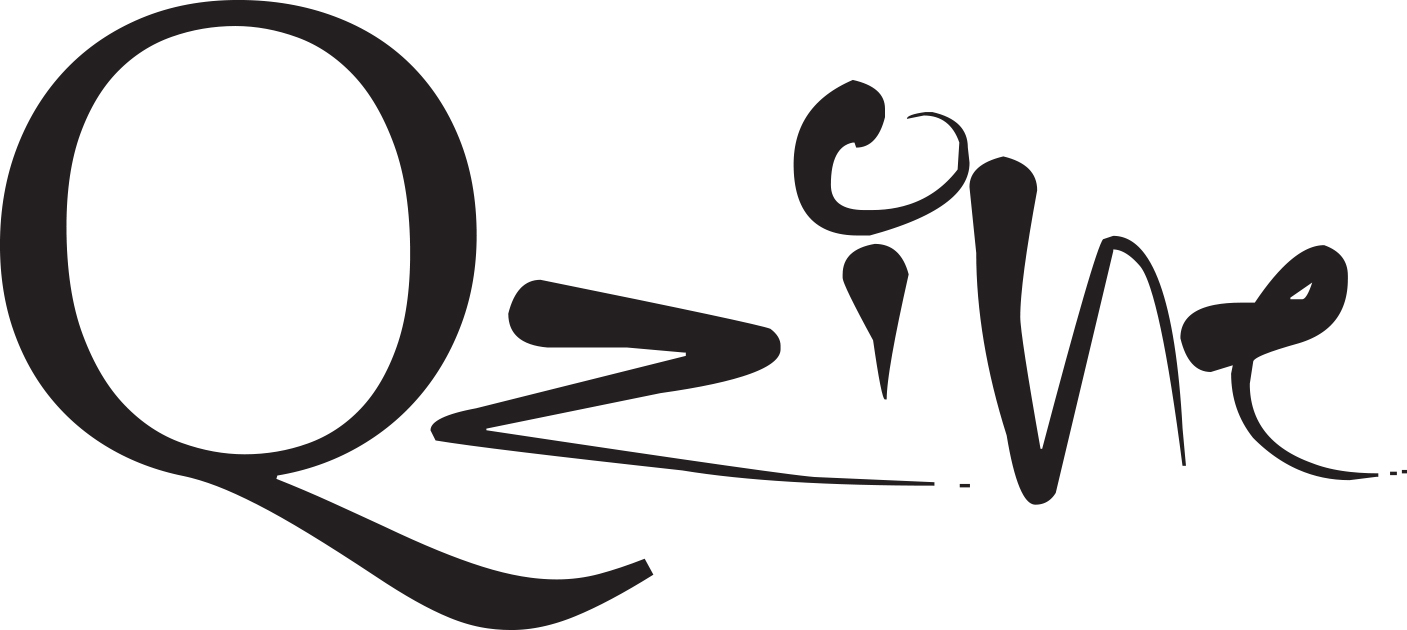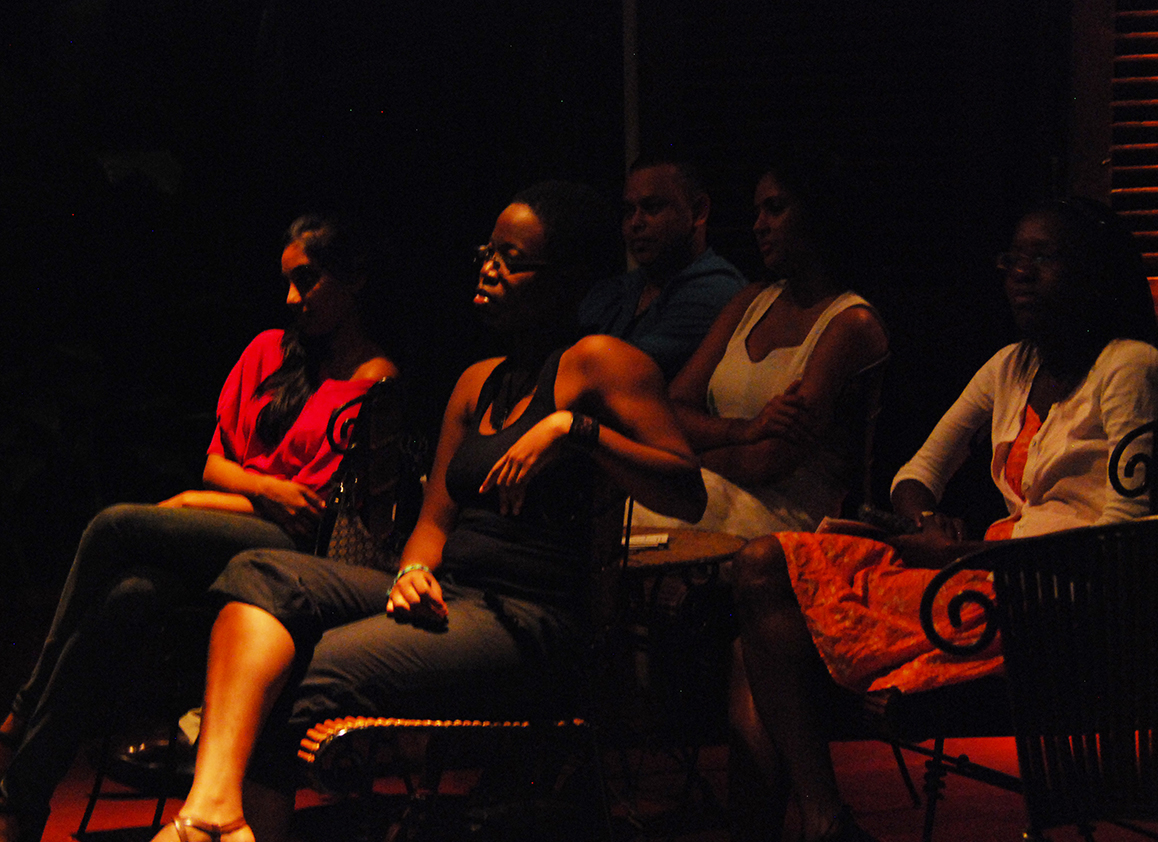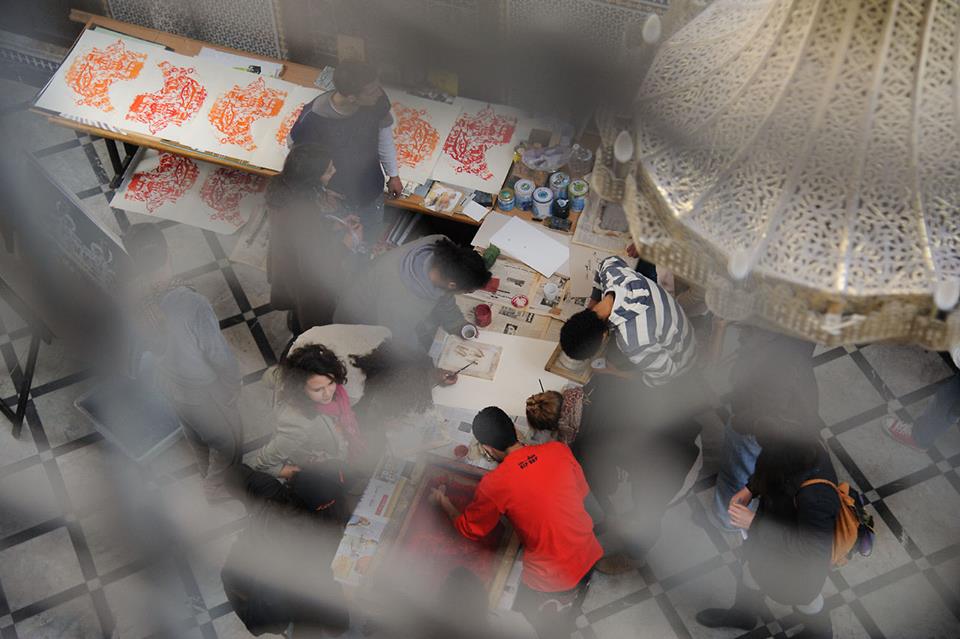My beloved body, do you remember that?
An interview with Khanyisile Mbongwa by Gerard Casas. Photos by Txumari Ezpeleta
Cape Town-based Khanyisile Mbongwa is an award-winning poet, performative artist and art curator. In 2006 she co-founded the artist collective Gugulective, where she produced video art and performance installations. So far, her socially engaged art and her innate creativity have taken her to exhibit and perform in places such as Hamburg, New York, Berlin, and Sri Lanka. Visually powerful and groundbreaking, Khanyisile’s artwork revolves around race, gender, sexuality, identity and social class. Her performances intend to draw the audience off their comfort zone, trespass the boundaries of intimacy and transform bodies into a space for the understanding of oppression and violence, radically reconstructing concepts and, most importantly, challenging everyday life experiences for a freer and more authentic version of ourselves.
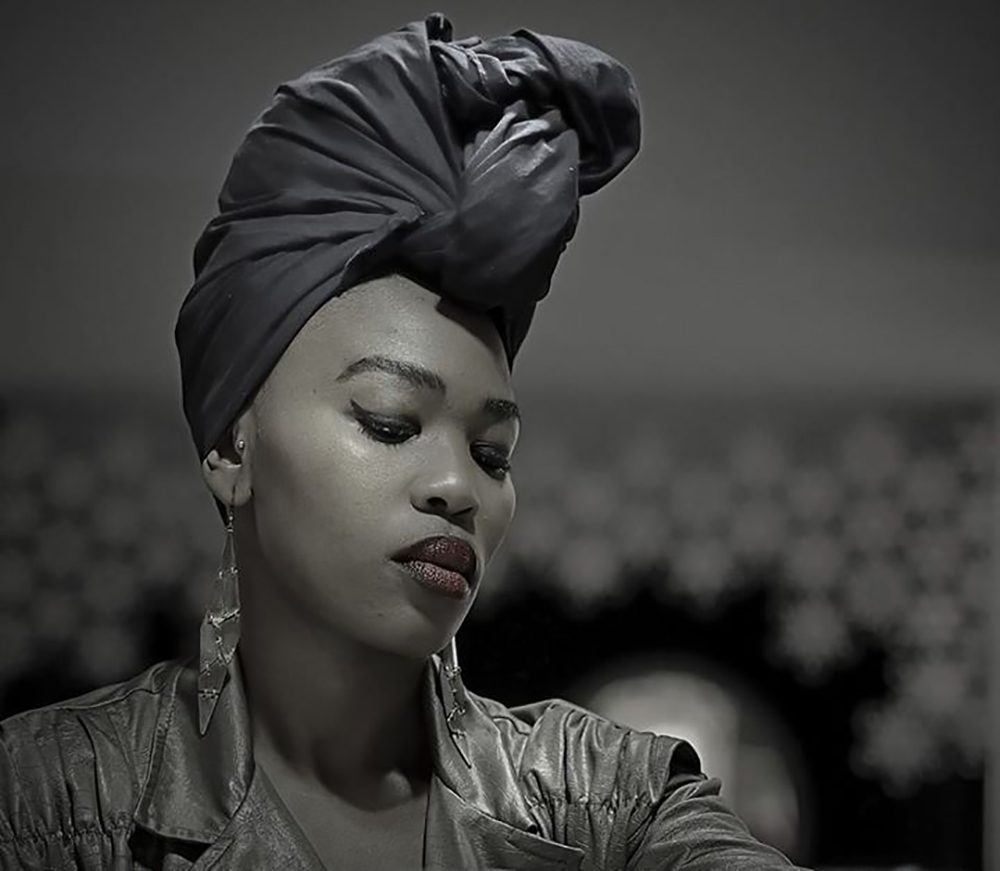
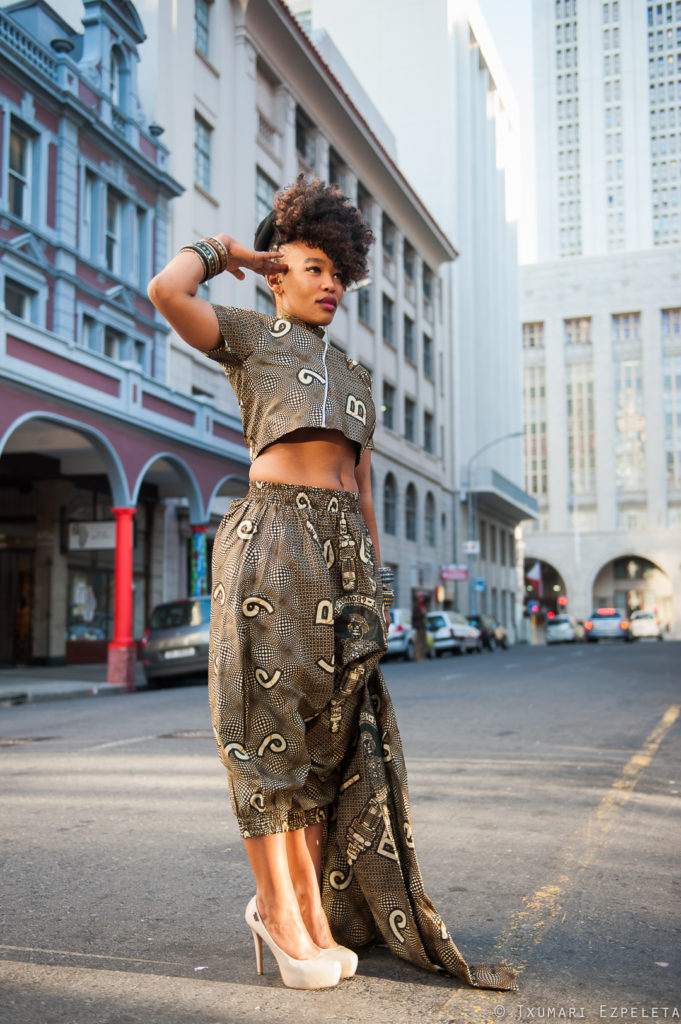
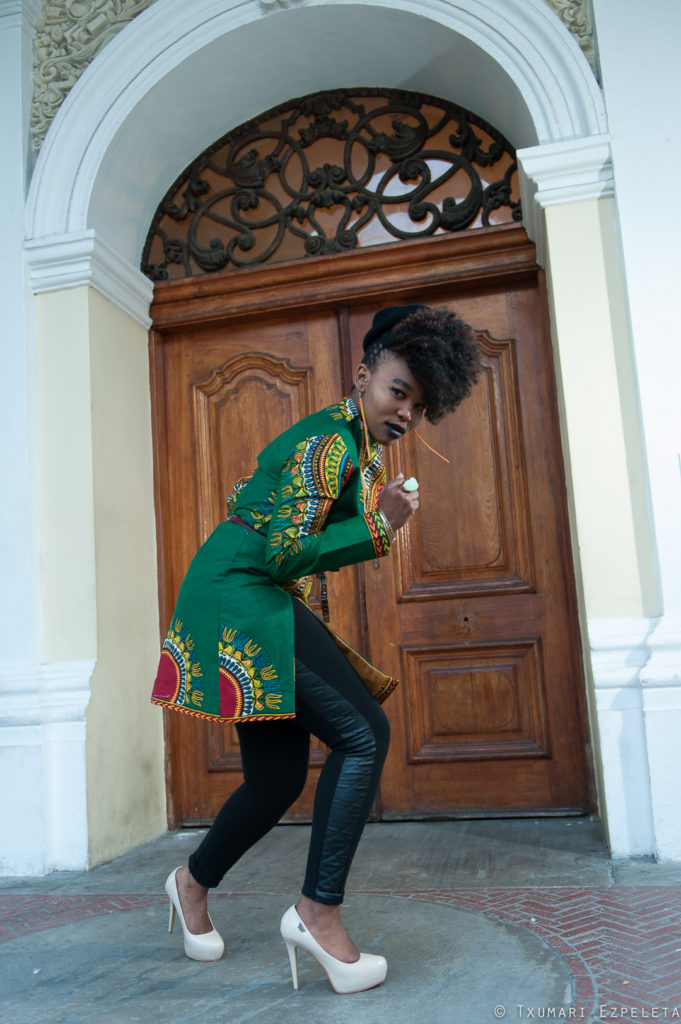
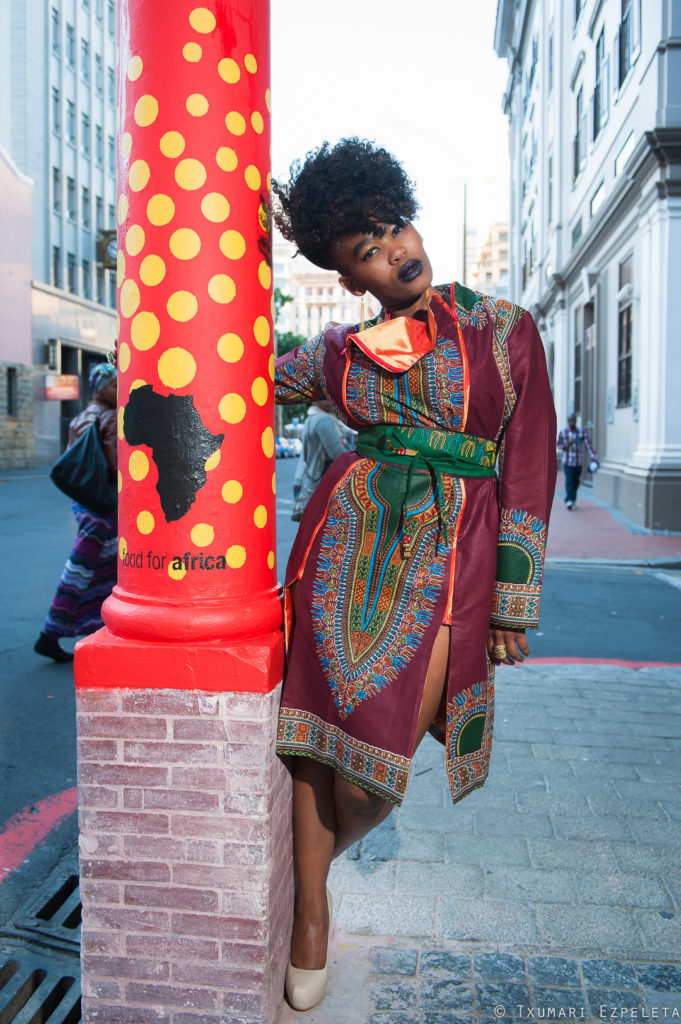
In February 2015 Khanyisile visited Barcelona’s art residency JIWAR in order to exhibit her performative piece Being Lhola Amira and host several related events which contextualized her artwork and the reality of her homeland, South Africa. Here’s an extract of the inspiring conversation Khanyisile and I had over a late-afternoon brunch in Barcelona’s old neighborhood of Gracia.
Being black and female in post-apartheid, post 94, democratic South Africa, a conference in which Khanyisile described her views of social and political life in Cape Town and presented her wide-ranging project, started off with a quote by gender scholar Judith Butler.
In being Lholo Amira, Khanyisile physically transforms herself and becomes Lhola, a character that exists in her own right but can never exist at the same time and the same place.
“Lhola is sexually much freer, she has no gender limitations, she engages with human beings rather than with men or women. The existence of Lhola and me questions performance and performativity. She thinks of people that she has fallen in love with or been intimate with. She forces people to negotiate with their intimacy and engage; she plays around with her body, looks at their eyes, in a public space, and ask them very personal and intimate questions like ‘have you loved a black girl?’ or ‘would you as a guy date another guy?’ Being one centimeter away from their lips, you can feel them breathing, feel whatever they ate.”
“Some people are more open, others are more reserved. Some people don’t quite know how to deal with Lhola, sometimes you could see she had pushed her sexualness into an uncomfortable space that we are trying to negotiate.”
“My beloved body, do you remember that?”
The foundations and scope of Khanyisile’s performative art unavoidably queer. She likes to question the world, explore our limits and boundaries and seek for inner and outer spaces where our identities are constructed, neglected or transformed. Bodies are her source of inspiration and a channel through which her thinking is projected, a key element to understanding her ideas around gender, sexuality, power and rape.
“At the moment, I think performance is the best channel to express myself around the issues of gender. Performance interrupts time and space. Even though it is very ephemeral, it has that sense of being here and now. I would think of my performances as interventions. It makes me think through the movements that I’m doing, rather than ‘I thought to do this and this is what I’m going to do’.”
“I spend a lot of time thinking and meditating around the subject matter. I’m looking at imagery, I’m talking to people, I’m trying to have my body understand the context that I’m living rather than understanding it from an intellectual level, because I think the body remembers more than our intellects and is able to process more. So there are things that I cannot remember on an intellectual level, but then my body remembers to move in a particular way.”
“Because my performances are so much dependent on the audience and their participation, the actual formulation of the performance happens because of the engagement. In reality, that’s how life works. You have your own concepts which act on how you are going to walk from point A to B, but anything could happen between these points — all kinds of engagements. That’s more authentic. So in between A and B, you are trying to think whether your physical appearance — that means everything, from your race, gender, clothes or sexuality — will interfere in that particular space and whether that space will kick you out or would accept you.”
“What I realized with performance is that most of the time you might not be the victim of the act, but the victim of the memory. That experience might be that you are bisexual, or the prejudices of being a lesbian… You remember this memory, which is yours and your body internalizes, then you stop performing in a particular way because you are trying to create a protective glare. I try to subvert this energy and this reality and fight back. Performances taught me so much about the things that we are trying to deconstruct and understand.”
“Hey, are you here looking for your mandingo?”
“I was doing a performative intervention in a bar in South Africa, in an area which is known for having foreign people coming from Europe into Africa to find interracial relations. I was in the bathroom and through a speaker I was reading from Earl Lovelace’s book The Dragon Can’t Dance. There’s one character, Philo, a black musician who made a song about his dick, and there was a white journalist woman who claimed this one thing that already belongs to black men. If there is anything that black men already own is their dick. So, are black men only reduced to just their dick? It doesn’t matter how intellectual they are; at the end of the day they are just there to fuck. “
“While I was reading from the book in the bathroom I went on to ask white women present: ‘Hey, are you here looking for your mandingo?’ Some of them said they were; some refused to respond at the fear of admitting their projections on black male bodies.”
“Surprise, surprise! You travel across a continent to seek a particular sexual experience, which is very exotic and romanticized. I will have this experience and fall in love with that person, a hypersexualized, romantic notion of someone’s body. In my imagination, I think it might be interesting to be an object of desire, but not an object of hypersexualization.”
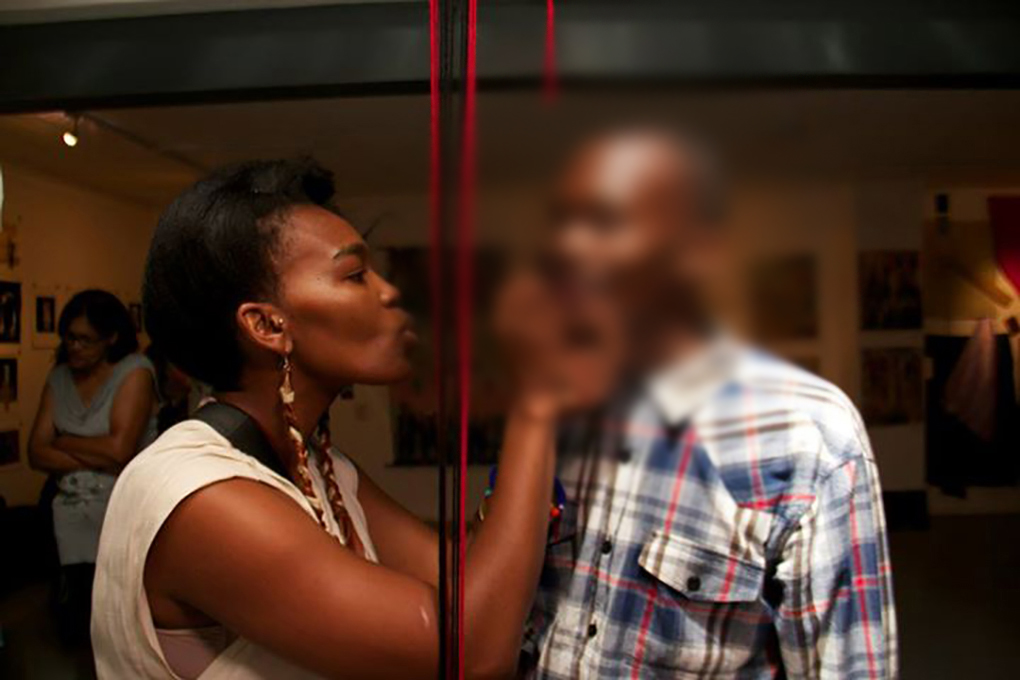
Strange fruit
Strange fruit was an installation that Khanyisile built up in 2014 at Cape Town’s Thupelo workshop where she had different men use their lips – which had been painted red –to interact with red wool strings suspended in the air…
“I work a lot with wool, since in history black women and children were lynched while being tied to a tree with wool strings. I had this idea of a strange fruit, that is, black people being a strange fruit in the world. As for the color, to most of us, red represents danger and menstruation. The lips are the first sexual point you have — they can become a kind of profanity, a place of hatred, sexual desire…”
“On the one hand, we bleed monthly as a cycle of life; on the other hand, we bleed heavily and unexpectedly as the weakness black people felt under slavery, colonialism, apartheid… The recycled violence that such oppression plays out through race due to being colonized bodies is a continuous lynching at a generational level. This violence is so nuanced that you might actually miss it if you don’t pay enough attention. So a simple act as putting lipstick can be read as an act of remembering.”
“The red lipstick was asking questions about emasculating black men in history of oppression and what that means for black female bodies. I wanted to see how they would open, feel the wool… Would they lick it? Would they be intimate? Would they feel it like a vagina? Perhaps an invasive place? I wanted to see if they related to the idea of being a strange fruit. Some of them said I was taking their manhood by applying something so culturally feminine and feminizing such as red lipstick”.
Reflections on the queer struggle in South Africa?
“I may understand the importance of having a gay pride parade, but also, on the other side; we are perpetuating how people look at a particular group of people, a system of difference in sexual orientation. I understand it’s important to mobilize, but it needs to be in a way that something changes. Gay pride is giving a visual representation to someone who doesn’t understand the issue.”
“In South Africa we especially have a problem of violence against black lesbians; some of them are raped and brutally murdered. Gay pride happens once a year in the city center, while most of the corrective rapes occur in the country side.”
“I once made a recording of three of my friends who love other men and I was asking this question: ‘Are you a man when you love another man?’ ‘Do you become less of a man?’ Being gay doesn’t take away anyone’s manhood. It is said that gay men are more liberal-thinking, but in reality they are also under the effects of patriarchy. The gay man uses his identity in functioning the world identical to straight man, in a patriarchal way — provides financially, creates a stable home… A very conservative idea of what it means to be a man. Fascinating! People would decide, maybe, if a lesbian is more or less of a woman, or she is what they call more masculine, a butch, then she should act the role of what masculinity means in a hegemonic way. I think this fact is bizarre, because the whole point is to free yourself and achieve sexual freedom, despite we are abide by this very set rules that we are trying to remove from the hegemonic patriarchal understanding of the world.”

